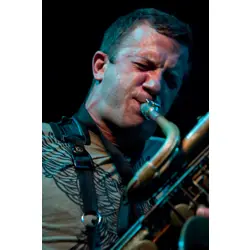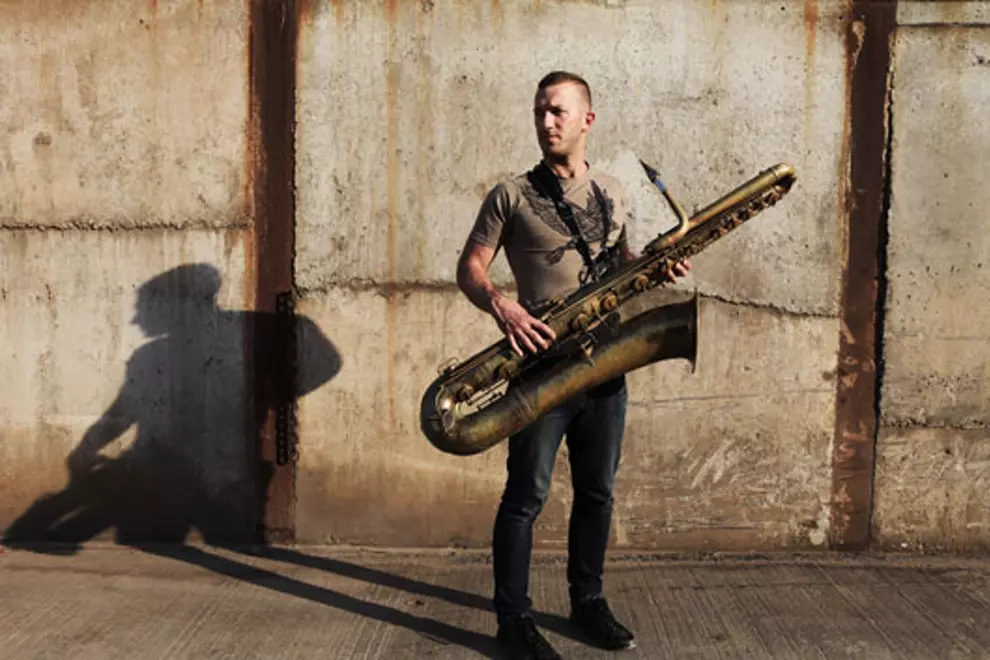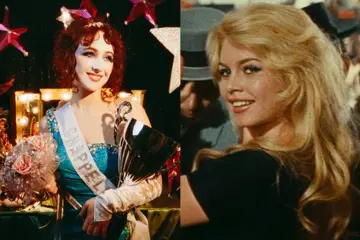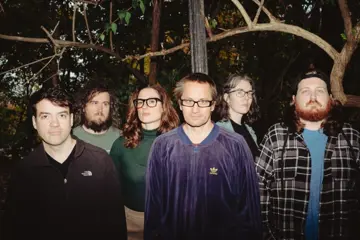 Colin Stetson
Colin StetsonHe's toured with some of the modern music's biggest names: Arcade Fire, Bon Iver, TV On The Radio, Godspeed You! Black Emperor... the list goes on. But he's not a guitarist, he's not a singer. Colin Stetson is a multireedist, responsible for the various brass and wood tones in live acts. You could be forgiven for missing him on stage, but catch him solo, and you'll understand the true majesty within his work.
Stetson released New History Warfare Vol. 3: To See More Light back in April last year, the culmination of a seven-year cyclical musical journey interspersed with other releases. “To me, this record is death and love and memory,” Stetson explains. “It's the point where all things that came to be in Vol. 1 [2007] and Vol. 2 [Judges, 2011] come to fruition and climax, and also the point in the trilogy when everything stops and I step back and watch the dust settle. Personally, Vol. 3 is the end of the story I've been writing for most of the years of my adult life. So I guess it's as personal as anything could be.”
To See More Light has garnered favourable mentions from a slew of musicians and critics, and it's no wonder; there's not really anything like it. Stemming from the avant-garde horn stylings of artists like Dizzie Gillespie and Miles Davis, Stetson has taken the traditional solo saxophone approach and flipped it on its head, utilising circular breathing and vocals poured through his instruments. But it's not just limited to his saxophone. “I've always been attracted to many different instruments, though my first and strongest aesthetic attraction has been the saxophone, in all its forms,” Stetson admits. “Life has led me to forge relationships with many others along the way; flute when I was 15, clarinets in my mid-20s, and most recently the French horn. I'm sure I'll continue to pick up more over the years, as this just expands the vocabulary and the well of sounds to draw from, which is one of the most important things when functioning in many different and contrasting musical settings.”
Circular breathing is a big part of Stetson's sound and stage show, allowing him to maintain long and extremely intricate pieces. “I was originally taught how to circular breathe by my sax teacher when I was 15; he had only recently learned himself and he thought it would help me in my phrasing when playing string transcriptions. The technique itself was quite easy – it took the better part of an afternoon – but it's what you do with it that's kept me busy all these years, and I don't doubt will continue to fuel discovery for some time to come.”
Don't miss a beat with our FREE daily newsletter
As for what we can expect when Stetson, the man behind a multitude of ethereal sounds within a lot of arguable masterpieces from big, symphonic bands, makes his way to Perth? Well, it's pretty simple. “They can expect the only thing that ever happens at my shows,” he smiles. “I will be alone, playing the saxophone.”















